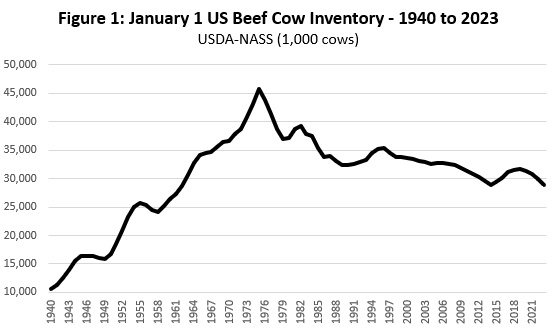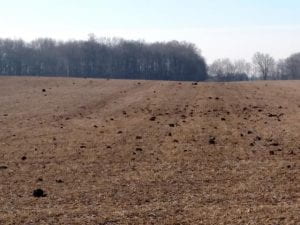
Penrose spent much of his career advocating stockpiling, bale grazing, and carefully managing forage resources,
EDITOR’s NOTE: After 35 years of service to Ohio’s agriculture industry as an Extension Educator, as he retires our colleague Chris Penrose takes a look back at 35 years of change and progress. Congratulations Chris on a job well done!
– Chris Penrose, Extension Educator, Agriculture & Natural Resources, Morgan County
I remember my first day in Extension back in the 1980’s when I started an internship with Hank Bartholomew, the Perry Co. Ag Agent and he was very involved with ways to extend the grazing season and Management Intensive Grazing. He, Daryl Clark, Tom Noyes, Ed Vollborn, Bob Hendershot and Gary Wilson were the ones that got me interested and were pushing these concepts around Ohio and beyond. I consider them to be on the Mt. Rushmore of grazing here in Ohio and I did my best to learn from them.
Over the past 35 years, we have seen Continue reading




